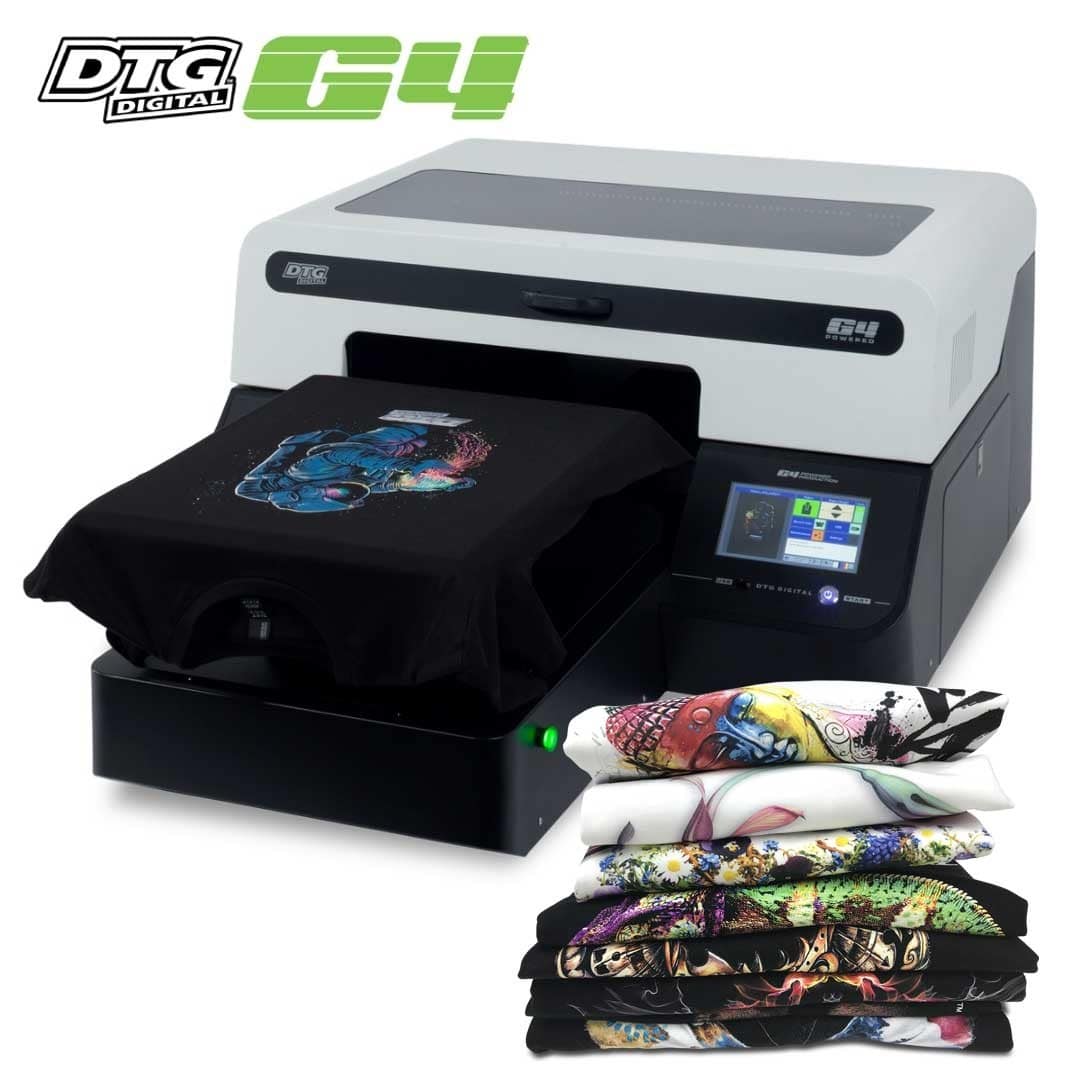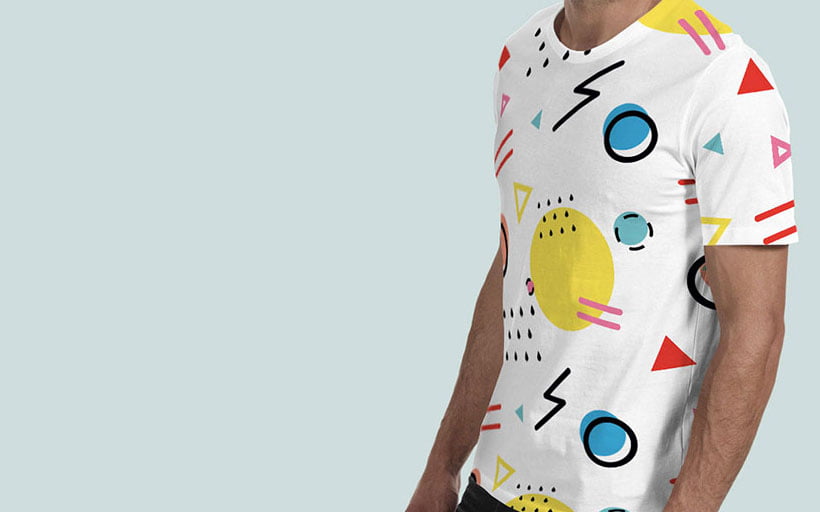A Comprehensive Overview to the Various Sorts Of Fabric Printing Strategies
Starting an expedition of cloth printing methods discloses a fascinating crossway of practice and innovation. Each technique, from the thorough craftsmanship of block printing to the fast performance of screen printing, serves special functions and uses distinctive advantages. Digital printing's adaptability and environmental consciousness stand in raw comparison to the swift personalization of warmth transfer printing. Color sublimation printing astounds with its ability to produce dynamic, long-lasting layouts on artificial textiles. To truly understand the nuances and prospective applications of these varied strategies, a much deeper examination is indispensable.
Block Printing
Block Printing, among the earliest approaches of fabric design, has an abundant history that dates back to ancient worlds. Originating in China around 220 A.D., this technique later spread to India and eventually Europe. The procedure entails sculpting complex styles into wooden blocks, which are then dipped in color and pushed onto material to produce patterns. This method is notable for its ability to generate very outlined and repeated designs.
The precision and craftsmanship associated with block printing make it a labor-intensive process, but it additionally enables a high degree of modification. Craftsmens can create unique patterns by incorporating various blocks or differing the application of color. This adaptability has actually contributed to the long-lasting popularity of block printing in both traditional and modern fabric design.
Block printing is specifically valued for its aesthetic top qualities, including the slight variants in pattern and color that arise from the hand-printing process. These blemishes lend an one-of-a-kind character per piece, identifying it from mass-produced materials. Despite developments in modern printing modern technologies, block printing stays a cherished method, celebrated for its historical value and creative worth.
Screen Printing
Display printing, an additional popular fabric decoration method, has actually transformed the sector with its efficiency and adaptability. This method involves producing a pattern, called a display, and utilizing it to apply layers of ink on the printing surface area. Each shade in the design needs a different display, which enables complex and vivid multi-colored prints.

One of the key advantages of display printing is its adaptability to numerous sorts of fabrics, consisting of cotton, polyester, and blends. This method is specifically ideal for large-volume orders due to its cost-effectiveness and rate. The durability of the prints is one more considerable advantage, as the ink bonds well with the fabric, making certain lasting designs that endure multiple cleans.
The process starts with preparing the screens by finish them with a light-sensitive emulsion. When dried out, the layout is moved onto the emulsion-coated display using a UV light. The subjected areas harden while the unexposed parts are gotten rid of, developing a pattern. Ink is after that pressed via the pattern onto the textile using a squeegee.
Display printing is extensively used in the apparel industry, promotional products, and custom apparel. Its capacity for high-quality, detailed prints secures its status as a cornerstone technique in fabric printing.
Digital Printing
Digital printing has actually promptly arised as an innovative method in the textile industry, leveraging advanced technology to generate high-resolution layouts straight onto material. Unlike conventional methods, electronic printing uses inkjet printers to down payment pigment or dye-based inks onto textiles, enabling vivid and elaborate patterns with a remarkable level of detail and color precision.
One of the key advantages of electronic printing is its versatility. This method enables for on-demand printing, which considerably lowers waste and click for more lessens inventory expenses.
Moreover, electronic printing is eco-friendly. sublimation printing. It makes use of water-based inks and needs much less water and energy contrasted to conventional methods, aligning with sustainable techniques. The precision of electronic printing also permits the usage of a larger variety of fabrics, consisting of cotton, silk, polyester, and blends, ensuring adaptability throughout various applications
Warm Transfer Printing
Just how does heat transfer printing reinvent fabric style? This technique has actually brought significant improvements by permitting vivid and intricate styles to be moved onto a selection of fabrics with amazing accuracy. Warmth transfer printing involves using warmth and stress to move a layout from a specially developed paper onto material. This procedure begins with publishing the desired image onto transfer paper utilizing specialized inks. When the photo is published, the paper is positioned onto the fabric and subjected to a warmth press, which transfers the ink from the paper to the fabric.
One of the primary advantages of heat transfer printing is its capability to create top notch, in-depth photos promptly and successfully. It is specifically fit for tiny manufacturing runs and custom-made orders, making it a preferred option for individualized clothing and marketing products. Furthermore, this technique is versatile, accommodating numerous kinds of textiles consisting of cotton, polyester, and blends.
Additionally, warm transfer printing is relatively cost-effective contrasted to various other techniques, as it needs minimal setup and reduced preliminary investment - sublimation site link printing. This affordability, coupled with its ability for creating dynamic, durable prints, emphasizes its essential function in modern textile style

Dye Sublimation Printing
Dye sublimation printing, an advanced fabric printing technique, supplies unequaled vibrancy and durability for designs on numerous synthetic fabrics. This approach includes converting strong dye right into a gas without going through a liquid state, permitting the dye to permeate the textile perfectly. The process starts with printing the layout onto a special transfer paper making use of sublimation inks. The printed transfer paper is then positioned on the fabric, and both undergo high warm and stress making use of a warm press. The heat causes the color to sublimate and bond with the textile fibers, producing a permanent, high-resolution print that stands up to fading and breaking.
Among the essential advantages of color sublimation printing is its ability to generate continuous-tone prints with complex information and vibrant shades. Unlike various other printing methods, the dye enters into the material instead than sitting on top of it, resulting in a breathable and soft coating. This technique is especially reliable on polyester and other synthetic products, making it a preferred choice for sportswear, banners, and home fabrics. In addition, color sublimation is environmentally friendly, as it calls for no water and generates minimal waste, lining up with lasting production techniques.
Final Thought
Block printing is respected for its artisanal top quality, while display printing is useful for high-volume manufacturing. Digital printing supplies adaptability and environmental benefits, whereas warmth transfer printing is excellent for quick modification.
Each technique, from the precise craftsmanship of block printing to the quick effectiveness of screen printing, serves special purposes and offers distinctive advantages. Digital printing's versatility and environmental awareness stand in plain contrast to the speedy personalization of heat transfer printing. Regardless of breakthroughs in contemporary printing technologies, obstruct printing stays a cherished strategy, celebrated for its historical relevance and creative worth.
Dye sublimation printing, an advanced fabric printing click for more strategy, provides unmatched vibrancy and long life for designs on numerous synthetic textiles. Digital printing supplies versatility and ecological benefits, whereas warmth transfer printing is optimal for quick personalization.
Comments on “Why DTF Printing is the Future of Customized Apparel Manufacturing”